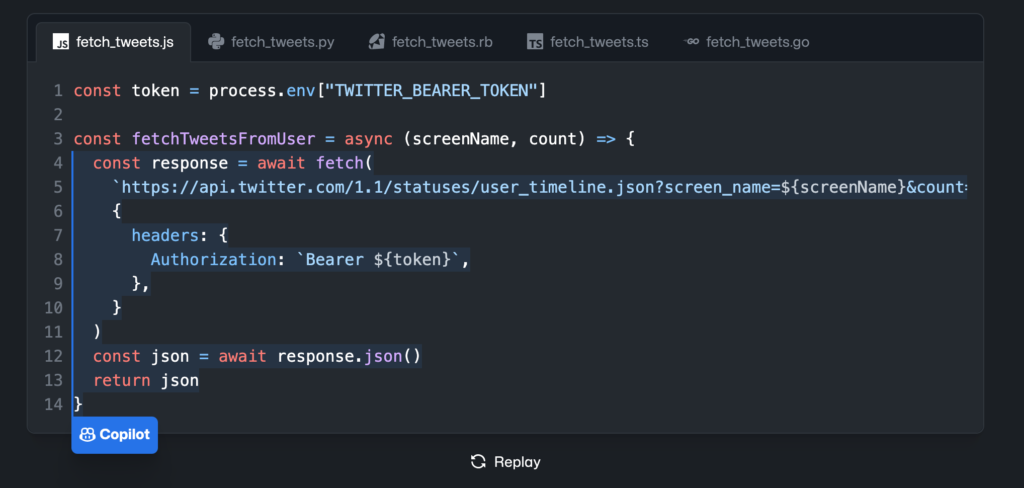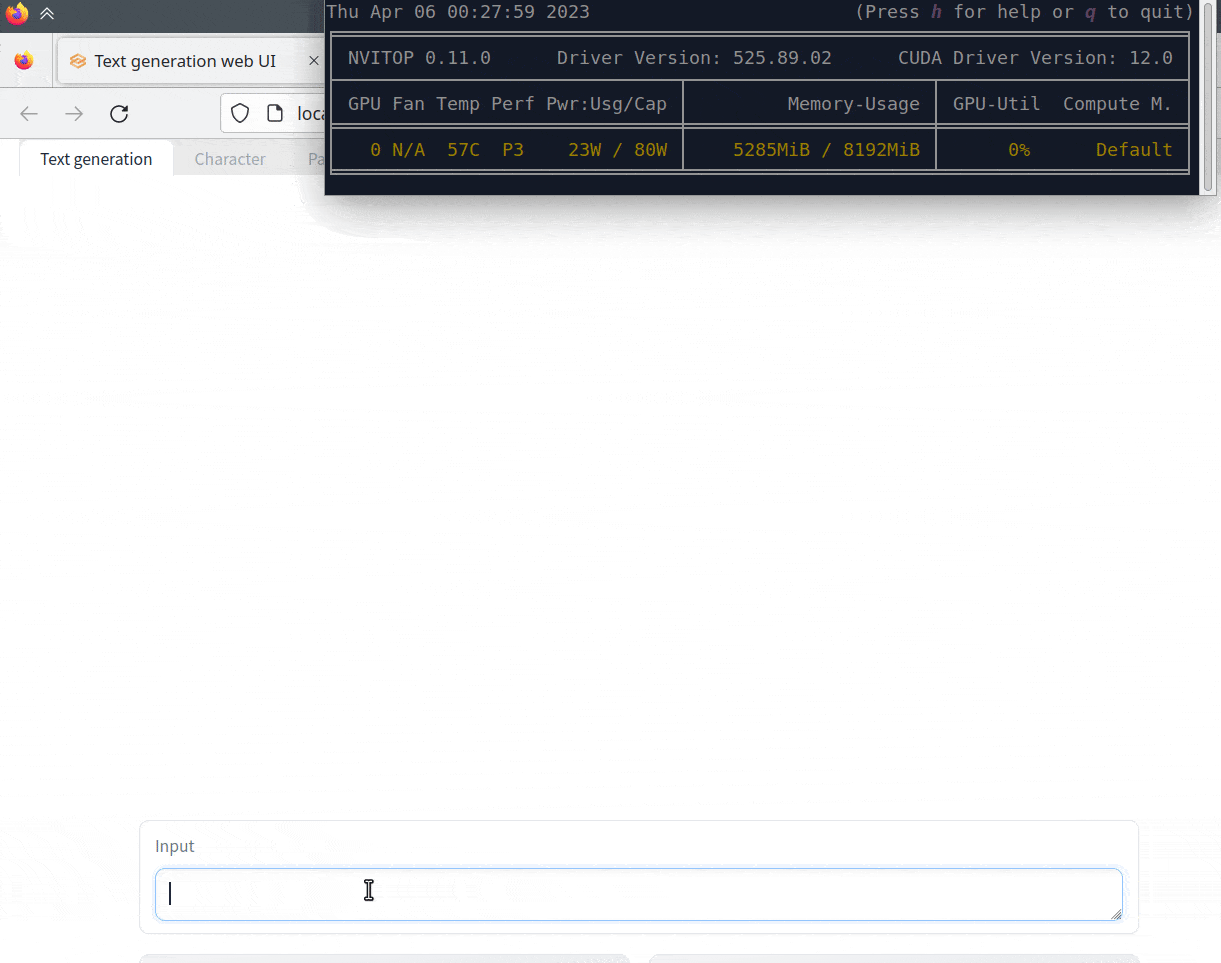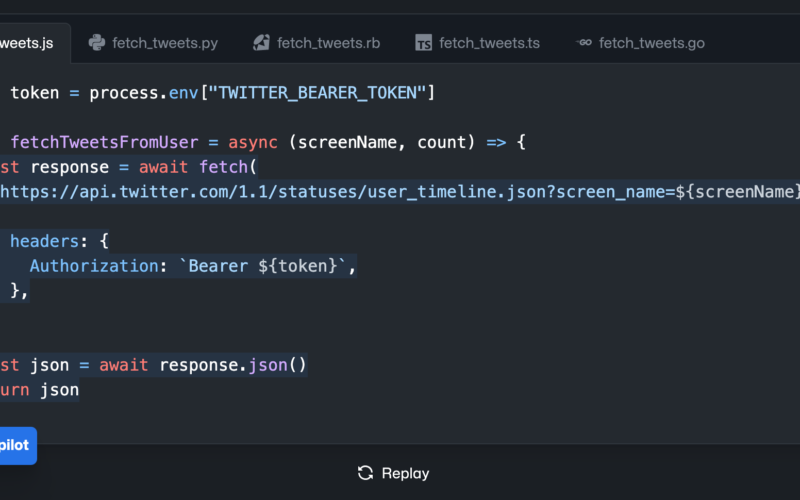Hello parents and students,
When we started KTBYTE over 10 years ago, we spent a lot of effort trying to convince parents and students why computer science and artificial intelligence (AI) are important to society. Fast forward to today, and that is no longer necessary. The news stories are endless: A company uses AI to replace management functions. A social media star generates a video entirely using AI tools. AI passes math tests, medical school exams,and wins a photography contest. AI gets high SAT scores and ranks nationally in Olympiad biology and math. People use AI to reply to all their emails, and people use AI to overwhelm an institution by creating user requests indistinguishable from live humans.
Computer science and the recent AI boom are very disruptive technologies, and they have already massively changed the way society functions. Software systems are rapidly replacing existing human tasks and processes. This includes even lower-level software engineering, and researching how to write basic pieces of code.
A lot of parents have been asking us about the impact of AI on computer science education. Our response is simple: Far from being a bad time to be a programmer, right now is a golden age for those in the tech field. If you have a strong understanding of computer science, you will not be afraid that new developments in this field will render your programming skills useless; rather, they open up novel and exciting opportunities to leverage your computer science skills.

The Future of AI and Computer Science
Many other tools have come along with the power to disrupt whole fields of human knowledge. As Arthur C. Clarke famously said, “Any sufficiently advanced technology is indistinguishable from magic”. Our job as technologists, then, is to understand this magic, to learn to distinguish the ever-shifting line between the possible and the impossible, and perhaps to even redefine it.
The AI boom is already disrupting a lot of jobs and industries, but it is also opening up new frontiers. As amazing as the technology is, it’s important to understand that it is not perfect. As of this writing, no AI system is good enough to give medical, legal, financial advice, or to fully self-drive a car, or to build the next generation of AI models. There will be many jobs in STEM fields dedicated to refining and improving the use of these models. This is a boon to the software industry, not a threat. Those who have a strong early foundation will still be able to navigate this new world to their advantage. Needless to say, this power to know what can and cannot be done will pay dividends for students both during and after their education journey.

When calculators became commonplace, they did not replace math education. Rather, they complemented it, freeing it to be less about the mechanics of calculating numbers and more about understanding and applying mathematical ideas. Likewise, we see the rise of AI as complementary to computer science education. The field of computer science has been and will continue to be crucial for understanding, improving, and applying new AI technology.
There is still a lot to be concerned with outside of your own education. Computer science and AI have already changed the way society functions. The fact that those who wield this technology have an advantage over others has profound implications for our economy, our sense of equity, how our culture develops, and how we make meaning of our lives and relationships. At KTBYTE, we have concern for aare indeed afraid of a society where people give up their sovereignty and sense of purpose to computer systems with designs outside of their understanding and control. When machines (or even humans) dispense life or relationship advice, we hope that people will still have the introspection to not follow it blindly.

(masterpiece),(high quality), best quality, real,(realistic), super detailed, (full detail),(4k), a room with a couch, chair, table and a large window with a view of a city outside, door, no_humans, scenery, window
So, the proper response to the explosion of AI is to make sure you can use it. Make sure you know how a system representing variables, conditions, and functions can produce behavior that strongly resembles a human being. Make sure you understand the pitfalls of software written by computers (or even humans), so you can properly guide those systems as a programmer. Make sure you can distinguish between the abilities and limitations of other people’s software, just as one can distinguish the speed of an oncoming vehicle before crossing a road. Use this power to help others and help yourself — and to build a better world.
There is an explosion of new websites and apps that leverage the new technologies, and open-source coding communities have made most of these tools accessible to somewhat experienced programmers. If you’re young and eager, it’s a wonderful time to learn and potentially make something nobody else has ever seen before!
All the best,
Chi Bong Ho
KTBYTE Instructor and Lead Software Developer
Appendix: Further Reading on AI Models
We encourage any KTBYTE students who are interested in learning more about artificial intelligence to take our Machine Learning elective courses. These are advanced courses intended for high school students with at least intermediate programming experience- the courses are taught in python, but many students are able to pick this skill up as they go. Feel free to email Marc at marc@staff.ktbyte.com with any questions about these courses.
All of the models and guides listed below were relevant as of April 24, 2023. Due to the rapid development in this field we can’t guarantee that any of these will stay up to date or relevant, but we hope they give you a good starting point to learn more about AI.
Language Models– At this point most people are familiar with ChatGPT, which anyone can make an account and use for free. Though this is only one example of a large language model (LLM), it can be helpful for anyone who wants to explore the possibilities of language-based AI without doing any programming. Below are some more technical examples for those with some programming experience:
- Open Source GPT-4 Models Made Easy: guide on how to build two different models, including notes on their implementation, performance, and memory requirements.
- Web-based user interface for running text-generation models: similar to the ChatGPT website, this tool allows users to build a language model within a web interface
- Alpaca Lora 4bit: Code for building another language model

Image generation- Stable Diffusion is a deep learning, text-to-image model released in 2022 and based on a latent diffusion model. It is currently one of the more “lightweight” image generation models and can run on most modern computers. Demo of Alpaca Lora generating text after being built and trained on a user’s local computer.
- Stable diffusion tutorials and resources
- huggingface.co includes many user-created models for image generation, including the windmill “painting” in this post
- civitai.com has gallery images and models for various types of image generation. Content Warning: some of the images on this site are inappropriate. You can make sure to view safe content by linking directly to the models below:
As always, we welcome any feedback on this post, especially from students or parents who are interested in this field. All of us at KTBYTE are excited to continue learning with you!
